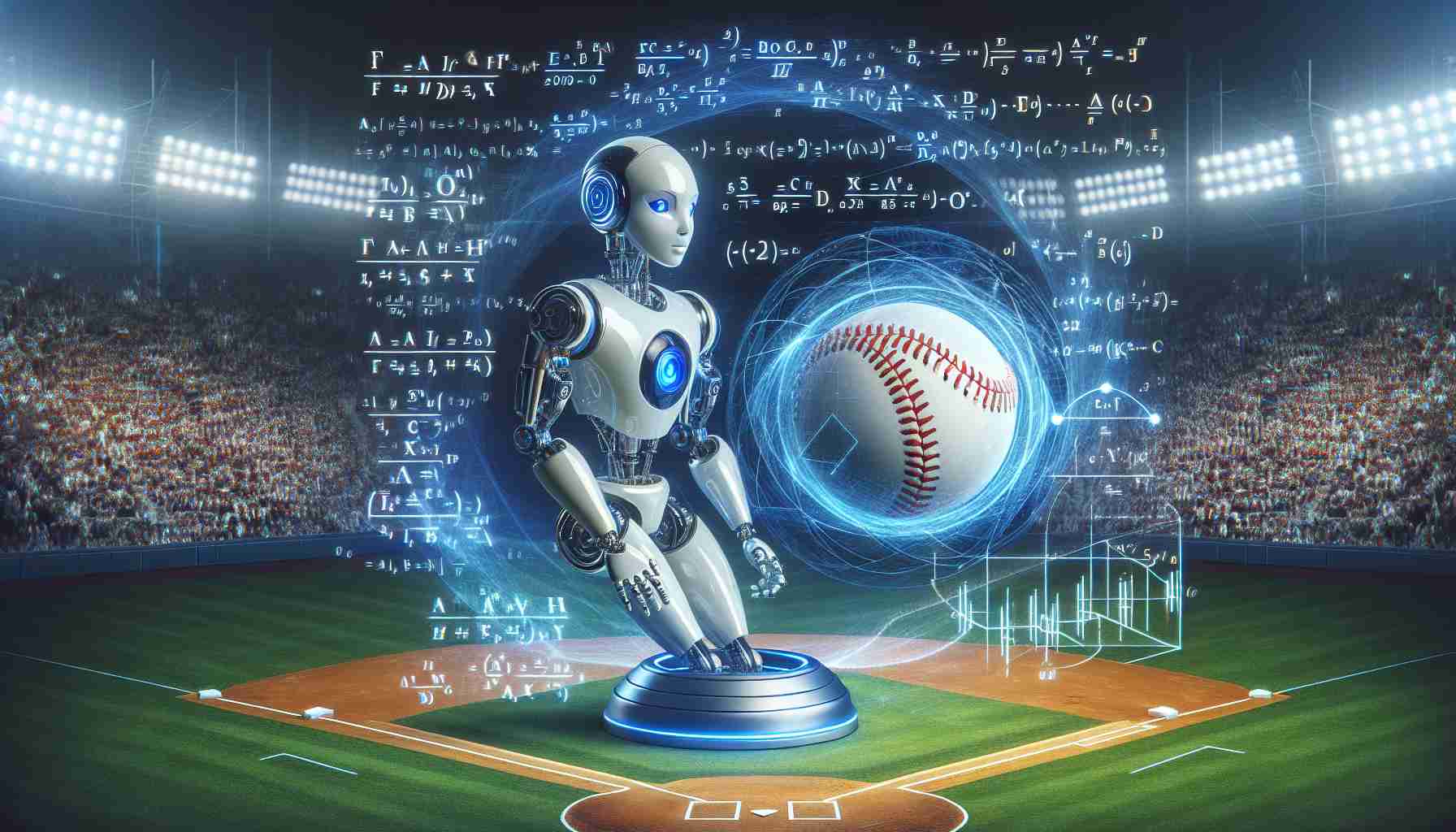- Artificial intelligence (AI) is transforming baseball by offering precise predictions, akin to a modern day oracle.
- AI models analyze historical data to find patterns, aiding in optimizing team strategies.
- Teams can use AI for making informed decisions on lineups, training, and trades, minimizing reliance on tradition or chance.
- The evolving predictive power of AI could usher in a new era of strategic gameplay, emphasizing algorithm-driven decisions over intuition.
- This technology may reshape our understanding of success in baseball and data science alike.
- The integration of AI in baseball highlights a balance between historical data analysis and innovative technological advancement.
A baseball club equipped with a clairvoyant oracle could revolutionize the sport, precisely foretelling a batter’s hits or a pitcher’s allowed runs years in advance. While mythical oracles remain confined to tales of yore, today’s teams wield a more practical, data-driven sorcerer: artificial intelligence.
AI models, with their insatiable appetite for historical data, lack the alluring mystique of a crystal ball—but they more than make up for it with mathematical prowess. These digital seers analyze endless streams of past performances, searching for the elusive patterns hidden within. Each historical hit, miss, and play becomes a brushstroke in a vast statistical canvas.
Imagine, then, the strategic advantage to be gained. Teams can optimize lineups, tailor training regimens, and make shrewd trades—not based on chance or tradition, but on insightful predictions that reduce uncertainty. It’s like unlocking a hidden playbook that teams never knew they had.
The question lingers: will AI become baseball’s most valuable player? As its predictive power evolves, the game may see a new era of strategizing, where decisions are shaped less by gut instinct and more by algorithms. But perhaps the most fascinating aspect is not just the promise of accurate predictions, but the way this technology might reshape our understanding of what it means to hit a home run, both on the field and in data science.
In the dance between history and innovation, AI stands ready to play ball, offering new possibilities that tempt even the most skeptical. The future of baseball could very well be written by those who read the past with machines as their guide.
How AI is Set to Transform the Future of Baseball
How-To Steps & Life Hacks
1. Data Collection and Management:
– Collect comprehensive data on player performance, weather conditions, and game outcomes. Tools like TrackMan and Statcast are often used for advanced data collection.
– Ensure data is consistently updated and accurately entered into AI systems for effective analysis.
2. Algorithm Development:
– Develop or employ AI algorithms that are capable of analyzing large datasets. This involves machine learning models like neural networks, which can handle complex data.
– Collaborate with data scientists to fine-tune algorithms to be specific to baseball dynamics.
3. Training Regimens Tailored by AI:
– Use insights from AI to design personalized training programs for players, optimizing their strengths and addressing weaknesses.
– Implement simulations with AI models to predict outcomes of specific training adjustments.
4. Strategic Decision Making:
– Utilize AI-generated forecasts to make decisions on player trades and game strategies.
– Regularly evaluate AI model predictions with actual outcomes to refine strategies.
Real-World Use Cases
– Player Performance Analysis: AI systems are used by professional teams like the Houston Astros to assess player strengths and weaknesses.
– Game Strategy Development: Teams use AI to predict opponents’ pitching tactics and adapt their offensive strategies accordingly.
Market Forecasts & Industry Trends
The sports analytics market is expected to grow significantly, with AI playing a critical role. According to the report by MarketsandMarkets, it was valued at USD 2.31 billion in 2020 and is projected to reach USD 6.0 billion by 2026.
Reviews & Comparisons
– Advanced AI Models versus Traditional Analysis: AI models outperform traditional data analysis with higher accuracy in predictions.
– Cost Comparison: While initially expensive, AI systems offer long-term savings through strategic advantages and optimized player performance.
Features, Specs & Pricing
– Features: Real-time data processing, predictive analytics, customizable models.
– Pricing: AI systems can range from several thousand to millions of dollars, depending on the complexity and scale.
Security & Sustainability
– Security: Protects proprietary data with advanced encryption and secure cloud storage solutions.
– Sustainability: Reduces resource use by optimizing travel and training schedules, lowering the carbon footprint.
Insights & Predictions
– Future AI Developments: Predictive models will become more precise and may eventually include real-time on-field feedback mechanisms for coaches and players.
– AI Integration: Expect seamless integration into the broader sporting ecosystem, potentially influencing fan experience with predictive analytics.
Pros & Cons Overview
– Pros: High accuracy in performance predictions, enhanced strategic capabilities, efficient resource management.
– Cons: High initial costs, potential over-reliance on algorithmic decisions, the risk of data breaches.
Actionable Recommendations
– Quick Tip 1: Start small by focusing AI efforts on one area, such as player performance, before scaling across all operations.
– Quick Tip 2: Stay informed about the latest AI tools and trends in sports analytics to continually refine models and strategies.
For more cutting-edge technology advancements, explore developments in AI and its impact on various industries at IBM and Microsoft.
